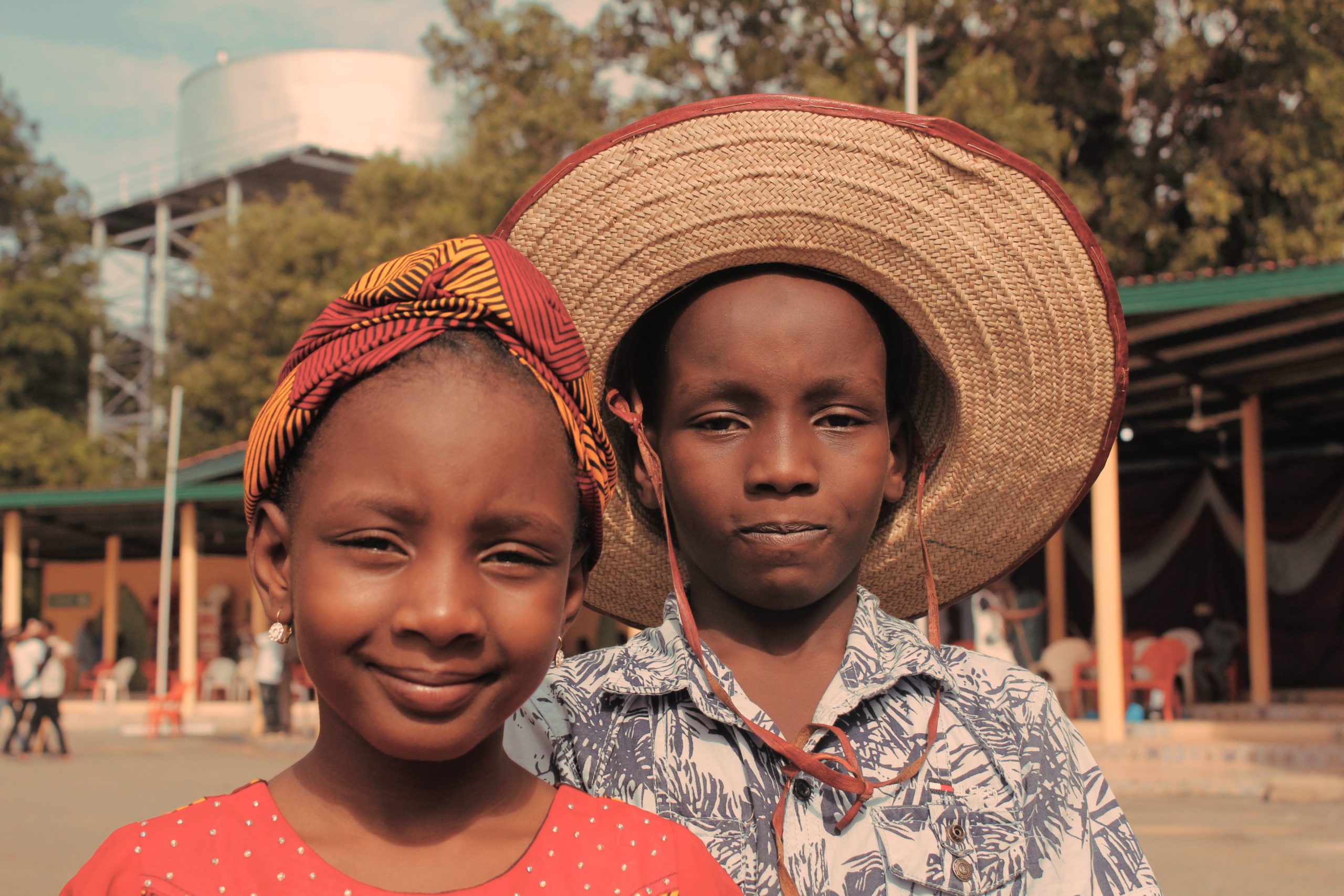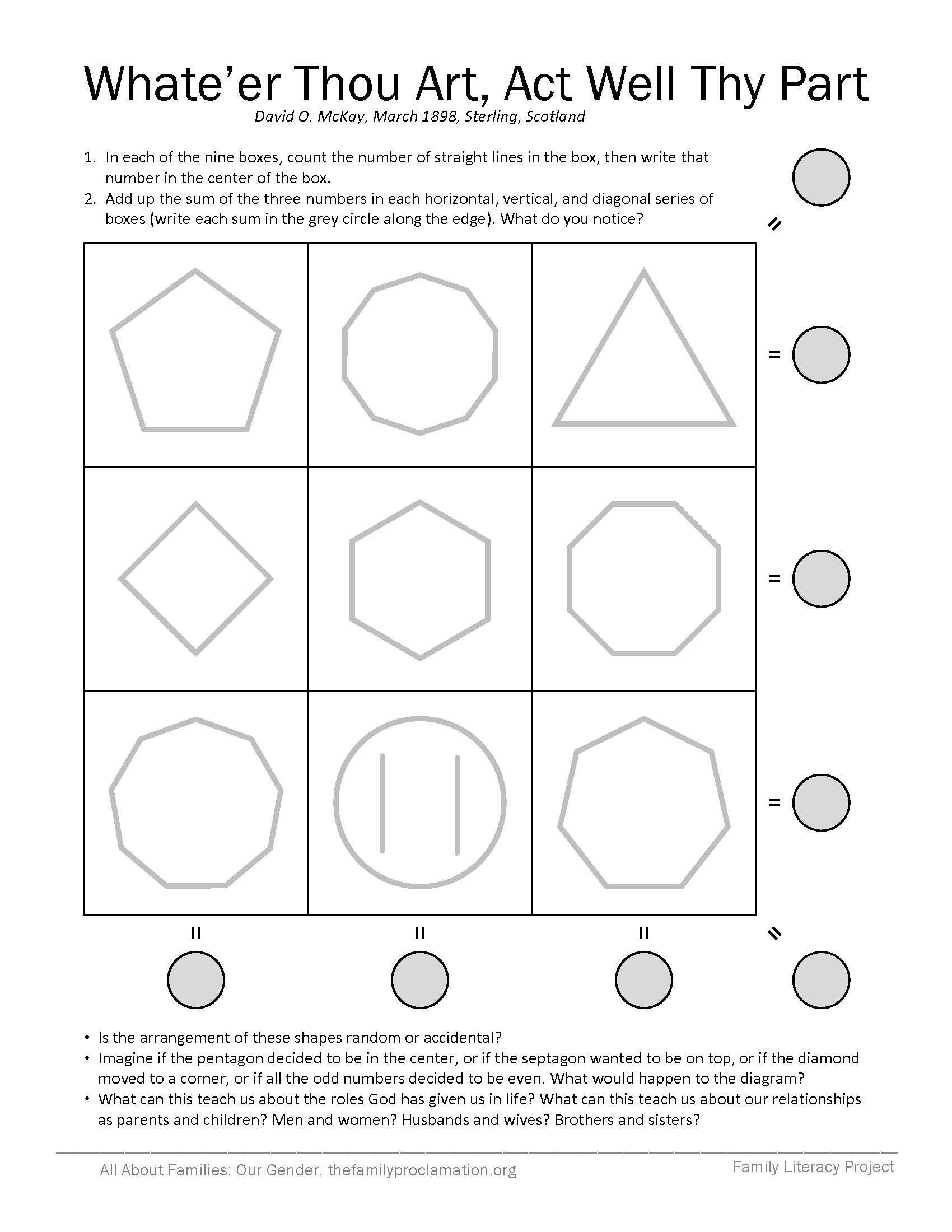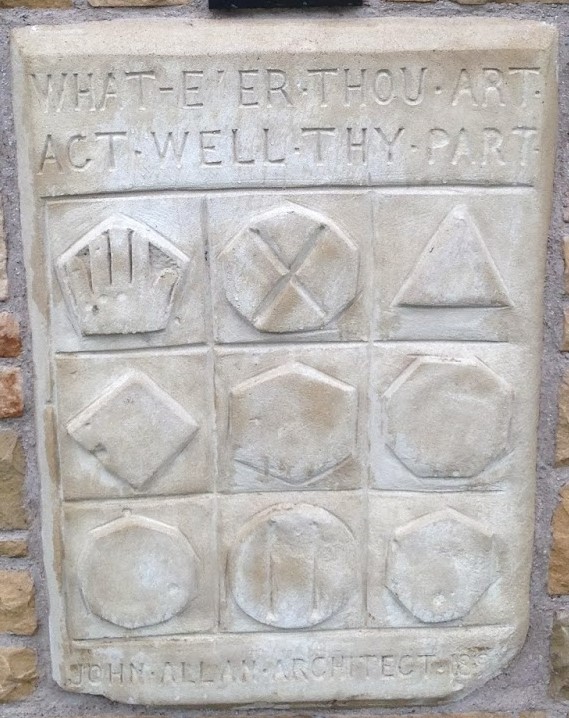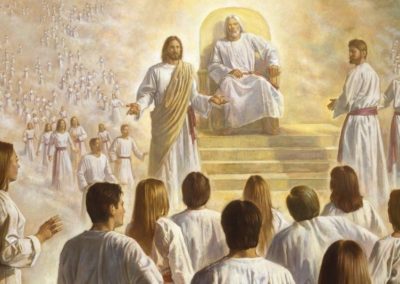Gender Complementarity
“All human beings—male and female—are created in the image of God. Each is a beloved spirit son or daughter of heavenly parents, and, as such, each has a divine nature and destiny. Gender is an essential characteristic of individual premortal, mortal, and eternal identity and purpose.“
—Paragraph 2, The Family: A Proclamation to the World
GENDER COMPLEMENTARITY

Objective
To teach the Family Proclamation, Paragraph 2, especially sentence C, as it relates to sex/gender:
Gender is an essential characteristic of individual premortal, mortal, and eternal identity and purpose.
Introduction
Read Aloud: On each day of creation, God created a distinction between two things: between sun and moon, between land and sea, between animals and people (Gen. 1:4, 10, 12, 18, 21, 25). Each time, he saw that “it was good.” But only after he created the distinctions between men and women did he use a different phrase. What does he say in Gen. 1:31?
“It was very good” (emphasis added). What does this teach us about the differences between men and women? (Some ideas might include: those differences are created by God; God specifically creates differences in his creations to they can each fulfill an important role; those differences are good and are even some of the best things about the world; we can know some of God’s plan for our lives based partly on our gender.)
Read Aloud: Do you know what the word “complement” means when it is spelled with an ‘e’ in the middle (not to be confused with “compliment” with an ‘i’)? (It means “to fill up” or “make complete.”) What does it mean when we say that Heavenly Father made men and women to “complement” each other?” (It means that He made men and women with own unique qualities and strengths, so that they can work together to help each other and their families become better.)
The natures of male and female spirits complete and perfect each other. … Gender … in large measure defines who we are, why we are here upon the earth, and what we are to do and become. For divine purposes, male and female spirits are different, distinctive, and complementary. … The unique combination of spiritual, physical, mental, and emotional capacities of both males and females were needed to implement the plan of happiness. Alone, neither the man nor the woman could fulfill the purposes of his or her creation. … Because of their distinctive temperaments and capacities, males and females each bring to a marriage relationship unique perspectives and experiences. The man and the woman contribute differently but equally to a oneness and a unity that can be achieved in no other way.
David A. Bednar, “Marriage Is Essential to His Eternal Plan,” Ensign, Jun 2006
Read Aloud: What are two or three things Elder Bednar tells us about the differences between men and women? (Answers may include: they have different spiritual, physical, mental, and emotional capacities, complementary, different temperaments, capacities, perspectives, and experiences.) We will watch a short video. During this video, listen for ways that mothers and fathers are different. Watch video from 0:00 to 1:45.
Read Aloud: Now that we have learned about some of the differences between genders, how are fathers different? How are mothers different? (Answers may include: how they communicate, play, or discipline. In general, mothers tend to encourage emotional security; fathers tend to encourage independence. Children need both.)
Main Activity
While serving as a missionary in Scotland in 1898, [David O. McKay] and his companion, Elder Peter Johnston, walked by a building that caught their attention because it had a stone arch over the front door and an inscription chiseled in the arch. President McKay recalled: “I said to my companion: ‘That’s unusual! I am going to see what the inscription is.’ When I approached near enough, this message came to me, not only in stone, but as if it came from One in whose service we were engaged: ‘Whate’er Thou Art, Act Well Thy Part.’ God help us to follow that motto. It is just another expression of Christ’s words: ‘He that will do the will of God shall know of the doctrine, whether the work is of God’ [John 7:17]. … I humbly pray that [those listening] will take upon themselves the responsibilities which God has placed upon them, and do their duty wherever it may be.
Teachings of Presidents of the Church: David O. McKay, ch. 12
Read Aloud: Why do you think the architect carved those symbols under the words? What do all those shapes have to do with the message? Give participants the printed page “Whate’er thou art, act well thy part.” Help them follow the steps to sum up the rows. (Each of the eight rows of boxes adds up to the same number.) Click the image below to enlarge.
(Click image to enlarge)
Read Aloud: Is the arrangement of these shapes accidental or random? (No, it’s been purposely designed that way.) It is intended to create a larger pattern that’s greater than the individual shapes. Imagine if the pentagon decided it wanted to be in the center, or if the septagon wanted to be on top, or if the diamond moved to a corner, or if all the even numbers decided to be odd numbers. What would happen to the diagram? (It would cease to be a “magic square,” meaning the numbers wouldn’t all add up anymore. The individual shapes may not change, but they wouldn’t be working together anymore to create an effect that’s greater than themselves.) What can this teach us about the roles God has given us in life? What can this teach us about our relationships as men and women? Husbands and wives?
Deep Dive
Read Aloud: Let’s read a sentence from the Family Proclamation. Listen for how long these differences have been a part of you.
“Gender is an essential characteristic of individual premortal, mortal, and eternal identity and purpose.” (Paragraph 2, Sentence C)
The intended meaning of gender in the Family Proclamation and as used in Church statements and publications is biological sex at birth.
General Handbook, “Church Policies and Guidelines,” section 38.6.23 (version 7/21)
Reflection
Read Aloud: “Neither is the man without the woman, neither the woman without the man, in the Lord” (1 Cor. 11:11). We need to learn to understand and work together with the other gender, even when they can sometimes be so different from ourselves. How does that fact of God’s creation make life more joyful?
Read Aloud: “My dear sisters, your ability to discern truth from error, to be society’s guardians of morality, is crucial in these latter days. And we depend upon you to teach others to do likewise. Let me be very clear about this: If this world loses the moral rectitude of its women, the world will never recover.” What are two or three things President Nelson teaches us about the role of women? We will watch a short video. During this video, listen for things that the prophet says the world needs from righteous women.








